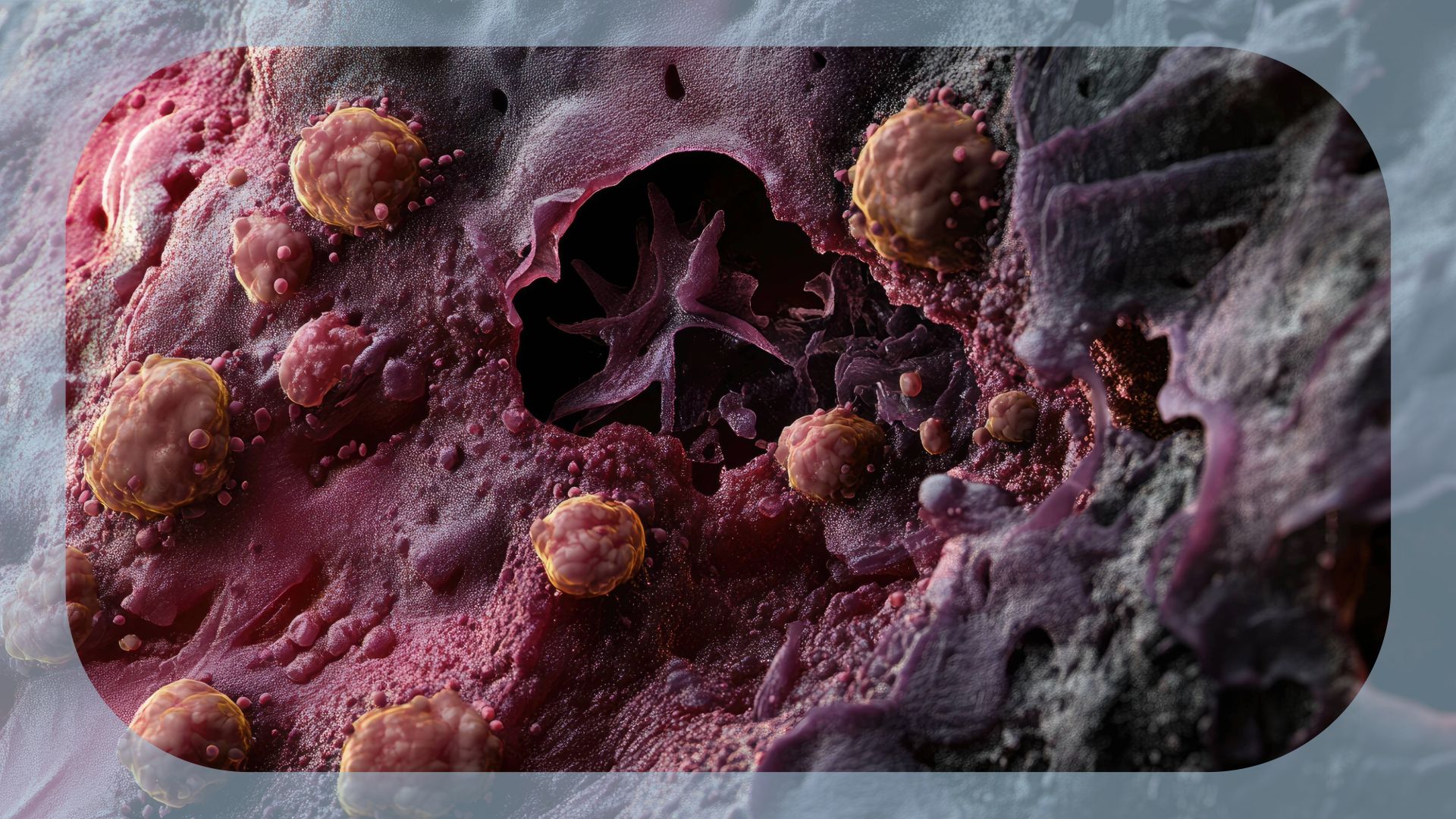Unresectable Melanoma |
Image Credit: © Cyber Shutter – stock.adobe.com
The IL-6 receptor blocking antibody sarilumab (Kevzara) in combination with ipilimumab (Yervoy), plus nivolumab and relatlimab-rmbw (Opdualag) was effective and produced no unexpected toxicities in the treatment of patients with unresectable stage III or stage IV melanoma, according to data from a phase 2 study (NCT05428007) presented during the 2025 ASCO Annual Meeting.1
At a median follow-up of 9.8 months, patients who received the combination (n = 33) achieved a 24-week overall response rate (ORR) of 63.6%, including 1 patient who achieved a complete response. Patients also experienced stable disease (15.2%) and disease progression (12.1%) at 24 weeks. The 24-week clinical benefit rate was 78.8% (95% CI, 61.1%-91%).
In terms of safety, at week 24, grade 3 or 4 immune-related adverse effects (irAEs) occurred at a rate of 12.1%. Any-grade irAEs were reported at a rate of 93.9% at the same time point. Notably, no grade 5 toxicities were reported.
“[These results] are exciting because this is the one of the highest response rates we’ve seen in studies of immune checkpoint inhibition in [patients with] melanoma to date,” Janice M. Mehnert, MD, said in an interview with OncLive®. “We’re seeing an interesting signal that by adding IL-6 inhibition we don’t sacrifice anything in terms of response. If anything, we gain a [bit of activity] and we’re definitely gaining an advantage on the toxicity front.”
Mehnert is the director of the Melanoma Oncology Program and the associate director of Clinical Research at Perlmutter Cancer Center, as well as a professor in the Department of Medicine at NYU Grossman School of Medicine, both in New York, New York.
Examining the Phase 2 Study Design and Baseline Characteristics
The open-label trial enrolled patients with unresectable stage III or IV melanoma.2 Patients with any melanoma subtype were allowed to enroll, except for those with ocular/uveal melanoma. Prior anticancer treatment for metastatic disease was not permitted, however previous adjuvant immunotherapy was allowed if it was completed over 6 months before enrollment.1,2
During the induction phase, patients received intravenous (IV) ipilimumab at 1 mg/kg on day 1, nivolumab at 480 mg and relatlimab at 160 mg on days 1 and 29, and subcutaneous sarilumab at 150 mg on days 0, 15, 29, and 43.1 Patients then received maintenance therapy with the same regimen via 8-week cycles for a total of 24 weeks. For maintenance cycles 3 and beyond, patients received only ipilimumab, nivolumab, and relatlimab.
The coprimary end points were ORR per RECIST 1.1 criteria and the rate of grade 3 to 5 irAEs.2 Secondary end points included progression-free survival (PFS), overall survival (OS), best overall response, disease control rate, duration of response, and duration of disease control.
At baseline, the median age was 63 years (range, 33-82). Most patients were male (60.6%), White (87.9%), not Hispanic or Latino (84.9%), had stage IV disease (75.8%), and had an ECOG performance status of 0 (72.7%).1 In terms of M stage, patients had M0 (15.2%), M1a (12.1%), M1b (21.2%), M1c (48.5%), or M2c (3.0%) disease. Patients also had lactate dehydrogenase levels above the upper limit of normal at baseline (39.4%) and baseline liver metastases (21.2%).
Further Efficacy Data and Safety Findings
Additional findings from the study revealed that the median PFS was not reached. At the data cutoff, 68% (95% CI, 53%-87%) of patients were alive and did not experience disease progression. In terms of OS, only 2 deaths were reported, at days 57 and 80.
At 24 weeks, any-grade adverse effects (AEs; 100%), any-grade serious AEs (30.3%), and treatment-related AEs (93.9%) occurred. Grade 3 or 4 instances of these events were reported at rates 48.4%, 27.2%, and 21.2%, respectively.
The most common any-grade irAEs included diarrhea/colitis (27%), elevated aspartate aminotransferase/alanine aminotransferase levels (33%), and hypothyroidism (15%). These events were reported at grade 3 or 4 severity at respective rates of 6%, 3%, and 3%.
The median treatment duration was 28 weeks, and the median duration of steroid use was 23.5 days. The median percentages of planned doses received for ipilimumab, nivolumab/relatlimab, and sarilumab were 50%, 53%, and 92%, respectively.
“If our paradigm is in fact successful, this [research] has implications not just for melanoma, but for tumors beyond melanoma,” Mehner said. “We use checkpoint inhibitor therapy in multiple tumor types, and we’ll be able to start to explore whether adding IL-6 inhibition can similarly improve outcomes in those patients.”
Disclosures: Mehnert has stock or ownership interests with Pfizer and has received honoraria from HMP and Medscape. She holds consulting or advisory roles with Bristol-Myers Squibb, Merck Sharp & Dohme, Novartis, Sanofi/Regeneron, and Seagen. She has also received research funding from Amgen, AstraZeneca, Bristol Myers Squibb, Deciphera, GV20 Therapeutics, Incyte, Kinnate Biopharma, MacroGenics, Merck, Novartis, and Regeneron.
References
- Mehnert JM, Mehmi I, Goldberg JD, et al. A phase II study of the interleukin-6 (IL-6) receptor blocking antibody sarilumab (Sari) in combination with ipilimumab (Ipi), nivolumab (Nivo) and relatlimab (Rela) in patients with unresectable stage III or stage IV melanoma.J Clin Oncol. 2025;43(suppl 16):9510. doi:10.1200/JCO.2025.43.16_suppl.9510
- Interleukin-6 receptor inhibitor sarilumab in combination with ipilimumab, nivolumab and relatlimab in patients with unresectable stage III or stage IV melanoma. ClinicalTrials.gov. Updated February 4, 2025. Accessed July 14, 2025. https://clinicaltrials.gov/study/NCT05428007
